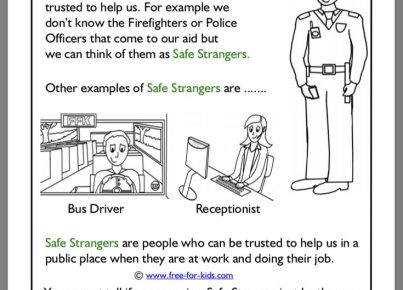In today’s diverse educational environments, creating a classroom culture that is inclusive and affirming for LGBTQ (Lesbian, Gay, Bisexual, Transgender, and Queer/Questioning) students is crucial. It fosters a sense of safety and belonging, which can significantly impact students’ academic performance and overall well-being. Here are five strategies educators can use to create LGBTQ-safe classrooms:
1. Implement Inclusive Policies and Practices: Ensure that school policies explicitly protect against discrimination based on sexual orientation and gender identity. Establish a clear anti-bullying policy that includes specific references to LGBTQ students. Use inclusive language in all communication, such as forms and handbooks, by offering gender-neutral options.
2. Cultivate an Affirming Environment: Display visual symbols of support like rainbow flags or safe space stickers. Include books and materials in the curriculum that represent LGBTQ themes and figures positively. This representation sends a powerful message of acceptance.
3. Promote Gender-Neutral Spaces: Provide gender-neutral restrooms and changing facilities to accommodate transgender or non-binary students comfortably. This step not only respects their identity but also helps prevent bullying or discomfort that can arise in gendered spaces.
4. Provide Staff Training: Teachers and staff should receive training on LGBTQ issues, terminology, and the challenges these students may face. They should learn how to intervene effectively in cases of harassment and how to support students questioning their identity or navigating LGBTQ issues.
5. Engage the Student Body: Foster a school culture that promotes understanding through clubs like Gender-Sexuality Alliances (GSAs), events celebrating LGBTQ history month, or discussions on diversity. When the student body is engaged in fostering inclusivity, it creates peer-led support systems.
By committing to these strategies, educators can help build an educational experience that acknowledges and respects every student’s identity, ensuring equal opportunities for learning and growth for all students regardless of their sexual orientation or gender identity.





